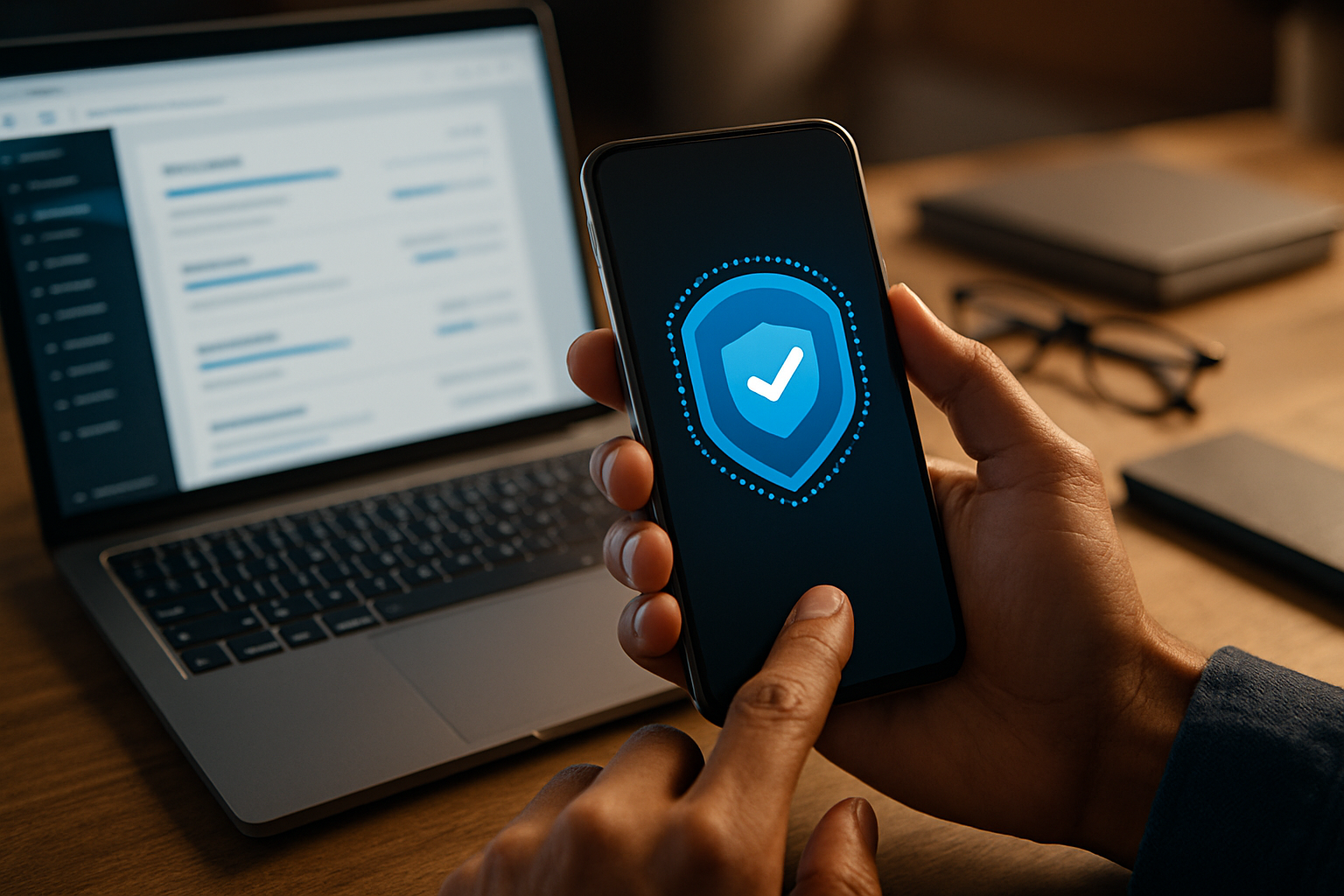Data Protection: Practical Guide to Smartphone Data Privacy
Mobile devices hold more of our lives than ever before: contacts, photos, banking, health logs and work files. Protecting that data requires practical habits and reliable tools. This article explains why data protection matters, how smartphones intersect with privacy and security, and which everyday cybersecurity practices reduce risk. You’ll get clear, actionable guidance on configuring devices, choosing protective tools, and understanding when to limit data sharing — all framed for readers seeking realistic, sustainable defenses for their digital lives.

How do smartphones influence data privacy?
Smartphones act as a gateway to personal data: apps, sensors, and cloud backups collect and sync information continuously. Every app permission — camera, microphone, contacts, location — can increase exposure if misused or compromised. Operating system updates, app store policies, and default settings shape what data is shared. To protect privacy, review app permissions regularly, disable unnecessary background access, and use built-in privacy dashboards available on many devices to see which apps access sensitive data. Treat the smartphone as a small computer with persistent connectivity and personal files.
What security steps protect your data?
Security begins with basic device hardening: set a strong passcode or biometric lock, enable full-disk encryption if available, and turn on automatic updates to patch vulnerabilities. Activate features like Find My Device and remote wipe so you can erase data if a device is lost or stolen. Use secure cloud backups with end-to-end encryption where possible and keep separate local backups for critical files. For physical safety, avoid lending your smartphone and lock sensitive apps. These measures reduce the chance of unauthorized access and make recovery simpler after incidents.
How does cybersecurity apply to everyday users?
Cybersecurity for everyday life focuses on risk reduction: watch for phishing texts or emails that try to trick you into revealing credentials, don’t click unknown links, and be cautious about installing apps from unofficial sources. Public Wi‑Fi can be insecure; prefer cellular data or use a reputable VPN when handling sensitive transactions. Keep an eye on app reviews and developer reputation before installation. Use two-factor authentication (2FA) for important accounts to add a second barrier beyond passwords. These steps are practical defenses that make successful attacks far less likely.
When should you limit data sharing and permissions?
Limit sharing when benefits don’t outweigh privacy costs. If an app requests access to location, contacts, or files but doesn’t need that data for core functionality, deny or restrict the permission. Use temporary permissions where available so access expires after use. Review social app sharing settings to avoid exposing personal details publicly. Be cautious with “always-on” permissions like background location tracking and ad personalization. For smart home or IoT devices, isolate them on a separate network when possible and minimize the personal data you feed them.
Which tools help with long-term data protection?
A set of reliable tools complements good habits: password managers reduce reuse and make strong unique passwords manageable; encrypted messaging apps protect conversations; reputable antivirus/anti-malware apps add an extra detection layer; and privacy-focused browsers limit tracking. For backups and file storage, choose services offering end-to-end encryption or client-side encryption. Consider using a secure VPN for sensitive connections and enable device-level encryption. If you require professional help, look for local services that offer secure data recovery or device repair with clear privacy policies and non-disclosure assurances.
Data protection is an ongoing balance between convenience and control. Regularly auditing settings, updating software, using strong authentication, and choosing trusted tools significantly reduce risk. Over time, small practices — limiting permissions, backing up encrypted data, and staying alert to phishing — compound into a much stronger privacy posture. Building these habits makes your smartphone and online life safer without sacrificing daily usability.






